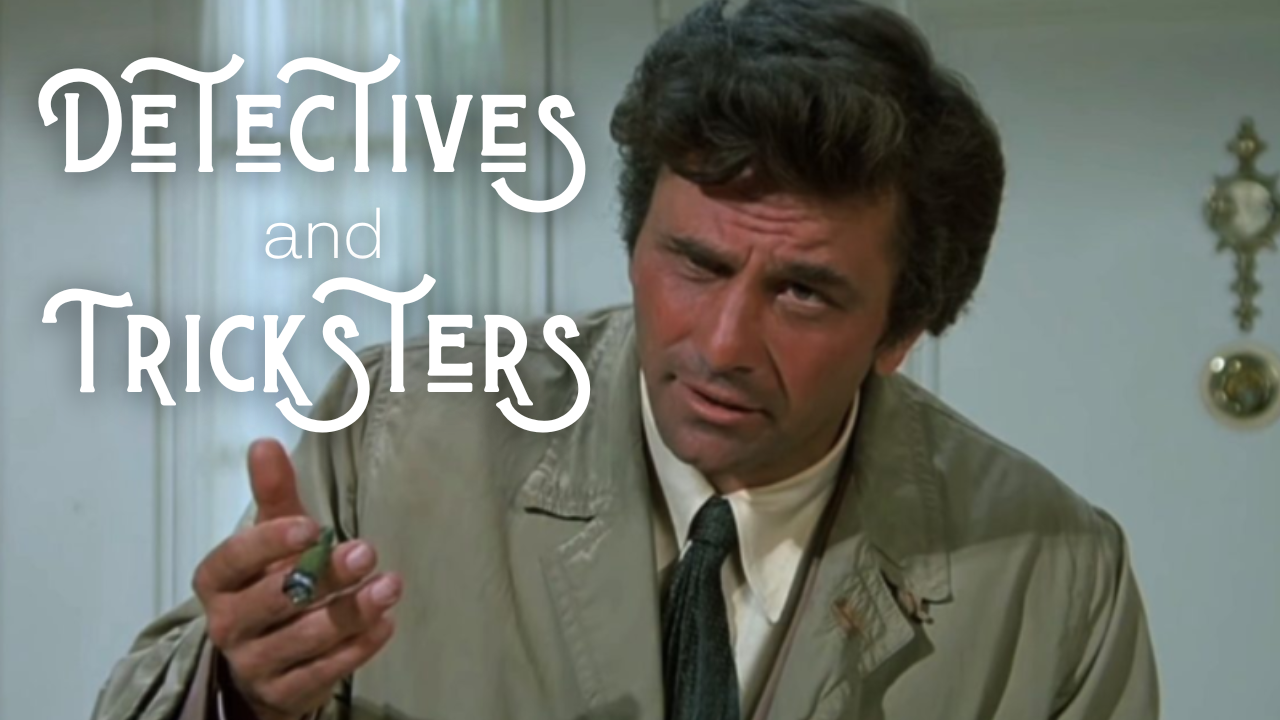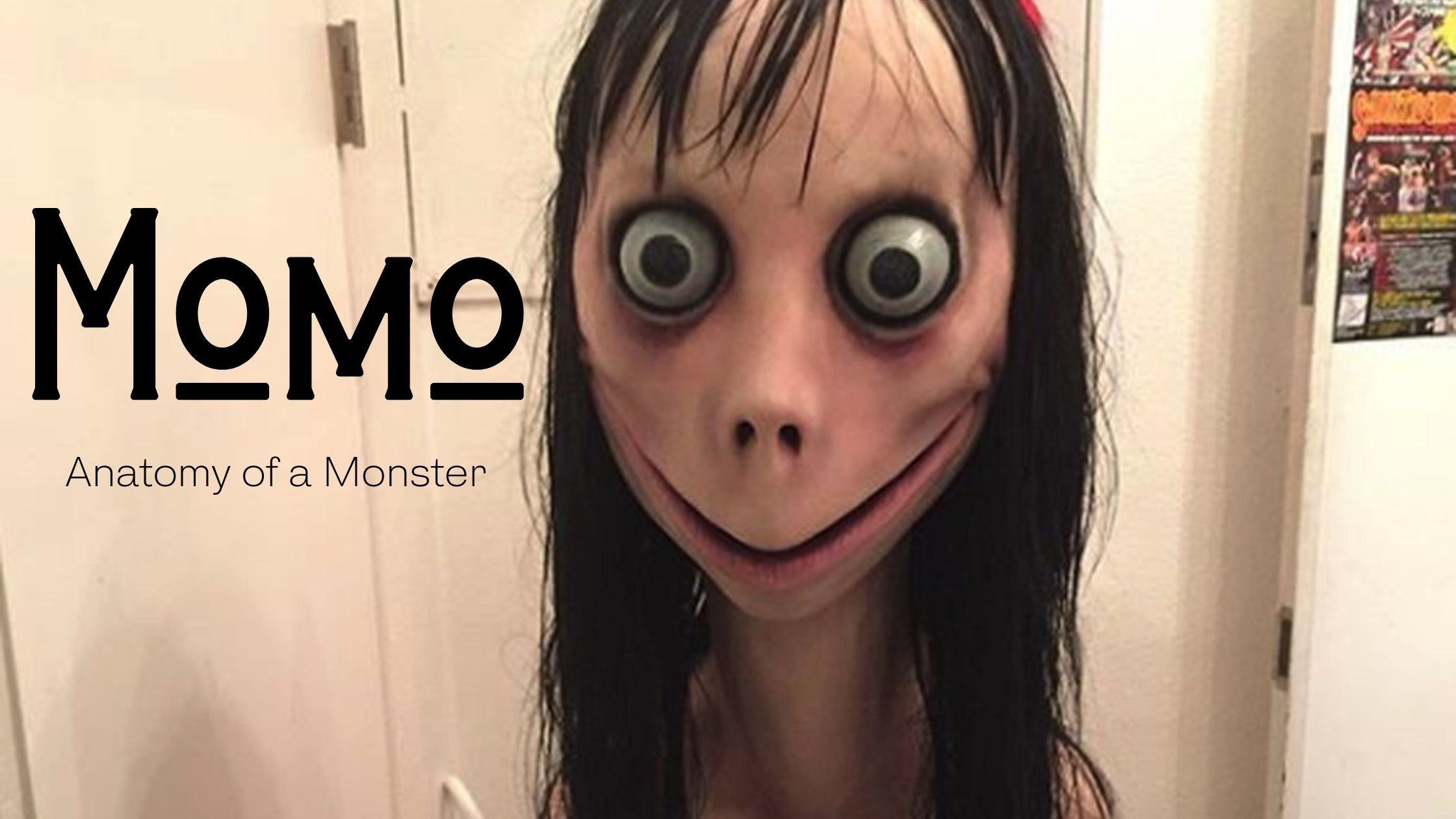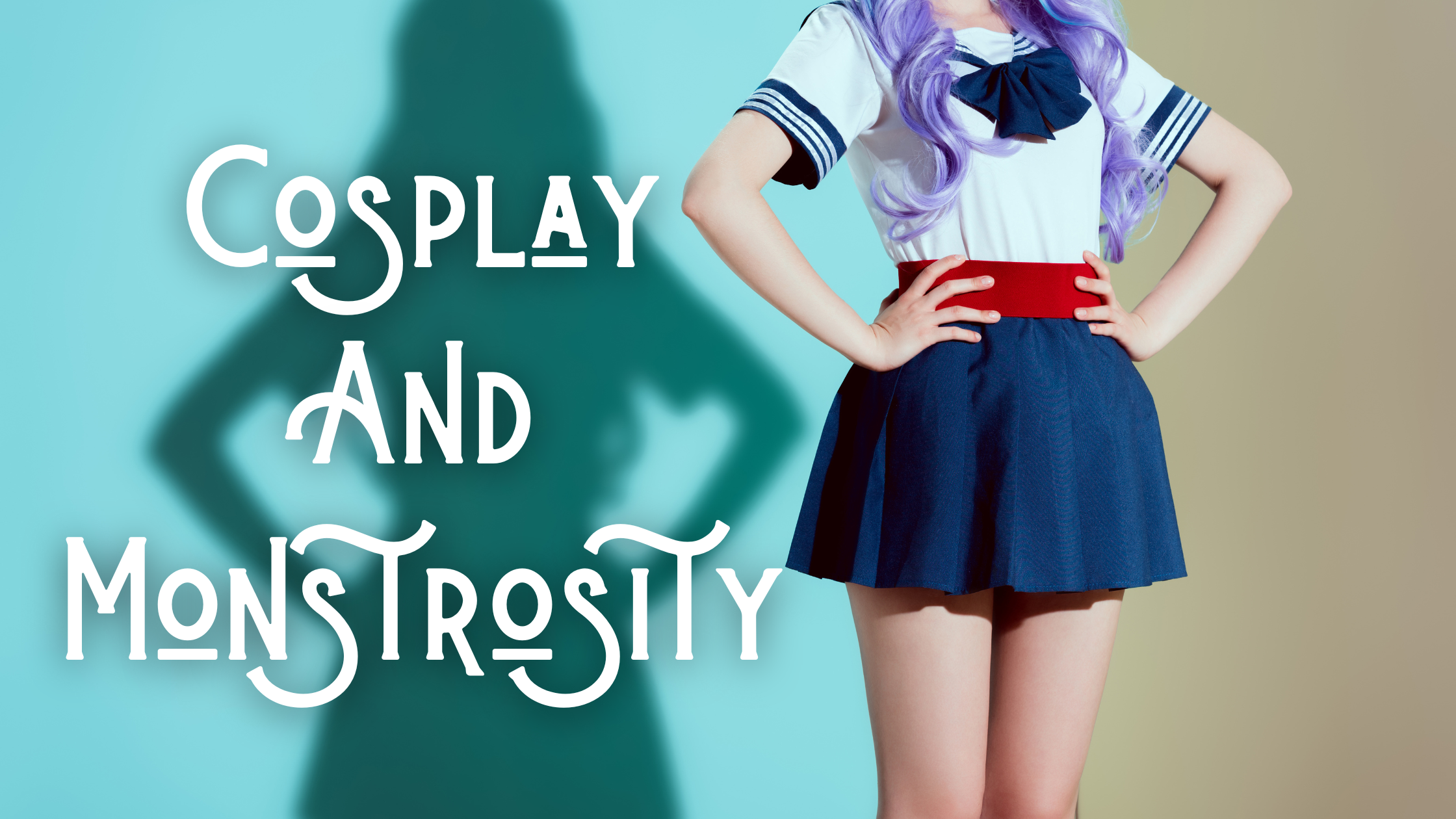
Mythology’s Definition and Time
So let’s think about this definition. Nowhere in it do we talk about time, meaning new narratives can sit alongside old ones. So the critique that time being important not fitting with our consideration is a valid one. If we take on the argument, we would need to alter our definition. So is there credence to alter it?

Video Games Are Mythology
We're returning to the idea of pop culture as mythology, but this time focusing in on video games. While this video game is a bit more technical, I think it's also really important and may be of interest to people. We get a little into what it is that video games do that situate them as mythology, but more importantly we think a little more about what that actually means.

Playing with the Body
But where is the body in tabletop games? We have the obvious actions that the body must take, like rolling dice, taking notes on changes to stats, and sometimes moving model figures on a map. Some of the brief conversations I’ve had already, the player commented on how they prefer physically rolling dice to doing so on a phone app because of the feel of the dice in the hands.

The Babadook and Monstrous Mothers
The Babadook is an Australian horror film which changed the landscape of monster movies. The Babadook is a doppelganger monster, a creature who represents depression, complicated manoeuvres between reality and fiction, and, more importantly, ambivalent motherhood. Babadook is a representation of this type of monstrous motherhood, one which is condemned by social regulations on women and mothers.

Thinking About Things
Dice are more than just their economic value, or their functional role in storytelling. We also connect to these various things in table top role playing. The little figurines that are hand-painted to connected to our character is more than its functional role on the map. It’s a representation of us, an emotional element that we connect to and think about as more than the figurine itself.

No Face: Disconnection and Consumption
One of the most distinct spirits in Miyazaki’s Spirited Away is No Face, a disappearing black form wearing a Noh mask. Through Sen’s engagement with the spirit, and other characters in the movie, there is a detailed conversation around consumption, food, connection and disconnection. In this essay, we explore these dynamics in Spirited Away primarily through the character No Face.

Clifford Geertz Meets the Triforce
Today, we trip into the more academic side of things with a critique of anthropologist Clifford Geertz, but we keep it Incidental Mythology by using the Triforce in Zelda to do so. We talk about Geertz's view of symbols, and the importance of multiplicity of meanings. The Triforce represents many things: the Hylian cosmology, the ideal characteristics of a person, the power of the Hylian royal family, and also a representation of the game series as a whole. So let's chat about symbols, religion, Geertz, and the Triforce!

The Ineffable Quality of Mythology
But the other problem with studying people is that there are elements of difference that goes without explanation. This is an important reason why the method of participant-observation is so important - it’s not just about seeing what’s happening and fitting into a category. It’s about experiencing it directly, feeling what it feels like. It’s the difference between looking at the building’s blueprint, and living in the building and feeling the protection it gives from the storm outside.

Detectives as Tricksters
This month's essay is a study on the detective and detective fiction. We look at the structural role of the detective, and what elements they provide for the narrative. We look at how the detective functions within a narrative, and what special characteristics they have. And through that, we see the detective is a form of contemporary pop culture trickster.

Musings on History and Mythology
History isn’t what has actually happened, its what’s recorded as actually happening. And these are not necessarily the same thing. History being recorded by the victors is definitely a very real thing. And these words are often used by a society to better understand themselves in relation to their world.

Momo: Anatomy of a Monster
What was interesting was that concerned parents actually were the ones proliferating the story by warning others about it through other media outlets. The narrative spreading led to some taking advantage of the sheer rise of searches for the monsters by creating new content so theirs becomes more visible. So in many ways, the fear around Momo actually led to more Momo, like a self-fulfilling prophecy.

The Mandalorian, Religion and Nationalism
The Mandalorian lets viewers in on the complicated nature of the survival of Mandalorian culture in the middle of diaspora. In this essay, I explore Anthony D. Smith's theory of nationalism and nations through the Mandalorian, to understand how focus on folk traditions and religion helped to sustain Mandalorian culture when unable to return to their homeland.

Siren Head: Anatomy of a Monster
One of the interesting aspects of Siren head is it’s connection to some of the problems associated with contemporary life, especially in more recent years. Its brings up important questions about information and how we interpret or understand it. It makes us wonder: can you trust what you hear?

The Reality of Monsters
I think often we think of the reality of monsters as being something that demonstrates they are inherently manifest somewhere physically in the world. Belief in actuality is one thing, but that is set apart from the reality of monsters. The existence of the phenomenon is not what gives the monster its strong force in the world. In fact, people still believe in monsters in the way they have in ages before.

Some Musings on Fan Theories
Through fandom, activities that are typically considered individual and isolating can become communal. Reading, for example, is no longer something you do quietly on your own, but rather something you share on TikTok or other places. You talk openly about what you’re reading, how you feel about it, and connect to others who are reading the same thing.

Structuralism and Myth
In Structural anthropology, we understand these social categories are embedded in a lot of what we do. If this is what our worldview is based on, then the things we produce are going to also reflect this. This means that a society’s mythology also reflects these categories, and by analysing mythology we can get a detailed view of what this categorisation looks like.

Stranger Things: a Structural Mythic Analysis
Strap in for a slightly longer essay than usual, because this week we're doing a structural analysis of the first season of Stranger Things. Jumping off from the idea of Pop Culture as Mythology, we're going to illustrate that what actually means when we directly study a piece of pop mythology. Stranger Things argues against structures of society that sets the us against them. By reinterpreting the classic cultural structures, it demonstrates ways to defend the vulnerable and fight against government pressures.

Clothing and Identity
Even though the social worlds around us have expectations and ways of reading our bodies, this is not done without our own impact. As I mentioned before, people can try and subvert expectations directly by purposefully dressing in a way that denies the expectation. Gender, and the way gender dynamics play on dressing and fashion, is a good example of this.

Cosplay and Monstrosity
During the amazing time of a convention, the fiction is alive around us. Not just because of the many plushies being sold and the excited fervour of other fans who surround us, but because of cosplayers. We see our favourite characters, get to take pictures with them, and even sometimes get to see them perform our favourite moves as they go across a stage.

Notes on a Scandoval
In this essay, we're digging into the scandoval that shook the world of reality television. Of particular interest for us is the way the story of the scandal unfolded, and why it was so enticing and so juicy for the audience. We talk about the way the characters developed on our screens over the course of ten years, and how the complicated nature of reality television timeline means an intricate web of dramatic irony.
